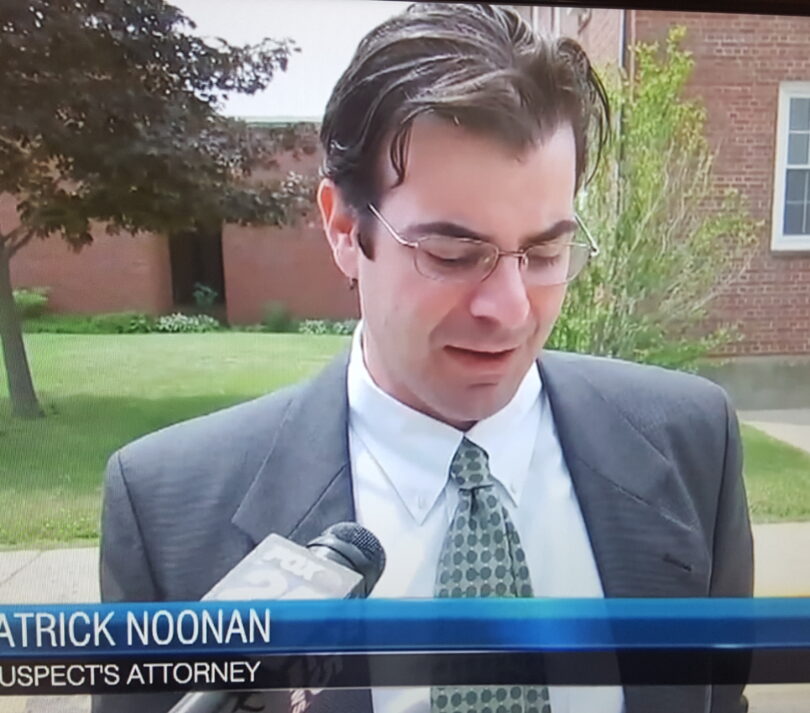Was someone you loved injured in a transfer injury by in a nursing home or other care facility?
Click above to schedule your FREE, no-obligation legal consultation today and you will have taken an important step in helping your loved one. If we take your case, you pay no fee unless we recover for you.
As with many nursing home injuries, there are questions as to how an injury happened. The circumstances of the injury and accident are important because not all injuries sustained during the process of transporting a patient will make the facility or staff liable for those injuries. However, a thorough investigation of the transfer incident that led to an injury as well as the facility’s protocol for transferring patients can help determine whether or not they are liable for the injuries. For this reason, we invite you to contact our elder abuse lawyers for your free legal consultation to discuss your circumstances privately, without obligation.
How Transfer Injuries Can Happen
As we get older, it becomes more difficult for us to perform tasks that we were able to do with ease for much of our life. Age, especially when combined with serious illness or injury, can have a significant impact on a person’s mobility. When this happens, elderly people may need assistance moving from one location to another. Many nursing home residents sustain injuries when they fall while attempting to transfer to and from a chair, wheel chair, bed, toilet or shower chair.
Some common scenarios where for transfer injuries occur:
- Helping residents sit up in bed;
- Helping residents to other areas of a nursing home like the bathroom, the dining area, a social area, and back to the patient’s room;
- Helping patients in and out of a bathtub or shower;
- Helping patients back and forth from physical therapy or other medical treatments; and
- Helping patients move from a bed to a wheelchair for any of the above purposes.
Patient Transfer Requires Staff Training and Attentiveness
It is therefore imperative for nursing homes to develop and implement policies that allow for the safe transfer of patients. Staff need to be adequately trained to use proper transferring techniques. Oftentimes, a resident’s individualized care plan will require the use of two staff members for all transfers or one staff member and a Hoyer lift system. The Hoyer lift system is a device that uses a sling and hydraulic lift to assist in transferring a resident.
A nursing home that fails to follow a resident’s individualized care plan (using one staff member when two are required for transfers, having untrained staff member operate Hoyer Lift) will be responsible for any injuries that occur during transfers.
If an elderly person is a resident in a nursing home and requires such assistance, it is important that staff are thoroughly trained and prepared to provide mobility assistance in transferring patients from one place to another without the risk of injury. Often times, transfer injuries may initially be overlooked but can give rise to other serious consequences, like bedsores due to subsequent lack of mobility or undetected fractures.
Video Demonstration of the Proper Use of a Hoyer Lift System
How Can Transfer Injuries Be Avoided?
As with many other injuries that occur in a nursing home, transfer injuries can be avoided if proper precautions are taken by the nursing home facility and its staff. Such precautions include, but are not limited to, the following:
- Ensuring each resident is properly assessed and provided a proper individualized care plan that includes transferring instructions when necessary;
- Ensuring staff are properly trained on the correct way to transfer patients;
- Ensuring that proper equipment is available and functioning correctly to help staff perform patient transfers in an appropriate and safe manner; and
- Ensuring that staff are aware of any preexisting conditions that might require special transfer protocol for a patient, such as a preexisting condition that could affect the ability of the staff to transfer the patient in an otherwise normal fashion.
Even when these precautions are taken, other seemingly harmless actions can result in serious transfer injuries. For instance, if a staff member attempts to help a patient out of a wheelchair by pulling their arm, a dislocation or other related injury can occur. Even something as simple as pushing on a patient’s back to try and provide them support to sit up can result in a serious injury. Nursing home staff must be aware of the individual needs of each patient, and failing to take those needs into account may make them liable for subsequent injury.
Who Is Liable for a Transfer Injury of Elderly Patients in Nursing Homes and Senior Care Facilities?
As with many nursing home injuries, the answer to that question depends on the circumstances of the injury and accident. Not all injuries sustained during the transfer process will make the facility or staff liable for those injuries. However, a thorough investigation of the transfer incident that led to an injury as well as the facility’s protocol for transferring patients can help determine whether or not they are liable for the injuries.
If you or a loved one has been injured as a result of negligent patient transfer procedures or other factors that affected the patient transfer process, contact our law firm today where you can learn more about patients’ rights and find out whether or not you might be eligible to seek compensation for an injury that occurred during patient transfer in a nursing home.



